Home>diy>Planning & Engineering>How To Choose A Landscape Architect


Planning & Engineering
How To Choose A Landscape Architect
Modified: January 9, 2024
Learn how to choose a landscape architect for your planning and engineering needs. Find the perfect professional to bring your vision to life.
(Many of the links in this article redirect to a specific reviewed product. Your purchase of these products through affiliate links helps to generate commission for Storables.com, at no extra cost. Learn more)
Introduction
Welcome to the world of landscape architecture—a field that combines the principles of design, engineering, and environmental science to create outdoor spaces that are both visually appealing and functional. Whether you are planning a residential garden or a large-scale public park, hiring a landscape architect is crucial to ensure a successful and well-executed project.
However, with so many landscape architects to choose from, how do you find the right one for your specific needs? In this article, we will guide you through the process of selecting a landscape architect, providing you with valuable insights and considerations to help you make an informed decision.
Before diving into the selection process, it’s important to understand the role of a landscape architect. These professionals are trained to analyze and transform outdoor spaces, taking into account factors such as topography, climate, functionality, and aesthetics. They possess a deep understanding of plants, materials, and construction techniques, allowing them to create designs that not only showcase the natural beauty of a space but also meet the needs and desires of the client.
Now that we have established the importance of hiring a landscape architect let’s delve into the steps you should take to find the perfect fit for your project.
Key Takeaways:
- Choose a landscape architect who aligns with your vision, communicates effectively, and values collaboration. Thorough research, client testimonials, and assessing design style are crucial for a successful partnership.
- Prioritize value over cost, trust your instincts, and ensure compatibility and rapport with your chosen landscape architect. Effective communication, thorough evaluation, and careful consideration lead to a successful collaboration.
Read more: What Is A Landscape Architect
Understanding the Role of a Landscape Architect
Before beginning your search for a landscape architect, it is essential to have a clear understanding of their role and the services they provide. A landscape architect is a professional who possesses the knowledge and skills to create, plan, and design outdoor spaces.
While an architect focuses primarily on buildings and structures, a landscape architect concentrates on the surrounding environment and how it interacts with the built environment. They consider the natural features of a site, such as the terrain, vegetation, and water elements, and blend them harmoniously with man-made structures.
A landscape architect works closely with clients to translate their vision and requirements into a tangible design. They carefully analyze the site’s characteristics, including its topography, climate, and soil composition, to determine the best design approach. This involves considering factors such as drainage, sun exposure, and wind patterns to create spaces that are functional, sustainable, and aesthetically pleasing.
Furthermore, landscape architects have a deep understanding of plants, horticulture, and the environmental impact of their designs. They carefully select and arrange plants to create a cohesive and visually appealing landscape. They also consider the long-term maintenance of the space, ensuring that the plant selections are suitable for the climate and site conditions.
In addition to their design expertise, landscape architects often collaborate with other professionals, such as engineers, contractors, and urban planners, to ensure the successful implementation of the project. They serve as the link between the client’s vision and the practical aspects of construction, overseeing the project from its initial conceptualization to its final completion.
Overall, a landscape architect plays a crucial role in transforming outdoor spaces into functional, sustainable, and visually appealing environments. Their unique skill set and expertise make them invaluable in creating landscapes that enhance the quality of life and contribute positively to the surrounding community.
Researching and Gathering Information
Once you have a clear understanding of the role of a landscape architect, it’s time to start the research process. This step is crucial as it allows you to identify potential landscape architects who have the necessary expertise and experience for your project. Here are some key steps to take when researching and gathering information:
- Ask for recommendations: Start by asking friends, family, and neighbors for recommendations. If they have worked with a landscape architect in the past and had a positive experience, it’s a good indicator of their skills and professionalism. Additionally, you can seek recommendations from local gardening clubs, trade organizations, or even your local municipality.
- Online directories and professional associations: Utilize online directories and professional associations to find landscape architects in your area. Websites like the American Society of Landscape Architects (ASLA) and Houzz provide directories of professionals in your region. These directories offer detailed profiles, including contact information, areas of specialization, and examples of their work. You can also read reviews and testimonials from previous clients.
- Check their website and portfolio: Visit the websites of potential landscape architects to get a sense of their style, expertise, and previous projects. Look for a diverse portfolio that showcases their ability to design different types of outdoor spaces. Pay attention to the quality of their designs, attention to detail, and the overall aesthetic appeal.
- Research their experience and expertise: Look for landscape architects who have experience working on projects similar to yours. If you are planning a residential garden, for example, find someone with a proven track record in residential landscape design. It’s essential to ensure that the landscape architect has the necessary knowledge and skills to handle the specific requirements of your project.
- Read client reviews and testimonials: Take the time to read client reviews and testimonials on the landscape architect’s website or online platforms. This will give you insights into their professionalism, communication skills, and ability to meet deadlines. Positive feedback from previous clients indicates a high level of satisfaction with the landscape architect’s services.
By conducting thorough research and gathering information, you can create a shortlist of landscape architects who align with your project needs. This enables you to move forward in the selection process with confidence, knowing that you have narrowed down your options to the most qualified candidates.
Evaluating Experience and Expertise
Once you have compiled a shortlist of potential landscape architects, the next step is to evaluate their experience and expertise. This is an essential aspect of the selection process, as it ensures that you are working with a professional who has the necessary skill set to execute your project successfully. Here are some key considerations when evaluating the experience and expertise of landscape architects:
- Years of experience: Consider the number of years the landscape architect has been practicing. While experience alone does not guarantee quality, it is an indication of their knowledge and ability. A landscape architect with several years of experience is likely to have encountered a variety of challenges and gained insights that can be valuable for your project.
- Projects similar to yours: Look for landscape architects who have prior experience working on projects similar to yours. If you are planning a commercial development, for example, consider landscape architects who have successfully designed and executed similar projects. Their familiarity with the specific requirements of your project type can help ensure a smooth and efficient process.
- Expertise in specific areas: Landscape architecture is a diverse field, and some professionals specialize in specific areas such as sustainable design, urban planning, or historic preservation. Assess whether the landscape architect’s expertise aligns with your project requirements. If you have specific goals or design considerations, such as incorporating native plants or implementing sustainable practices, look for a landscape architect who has demonstrated expertise in these areas.
- Professional affiliations and certifications: Consider the landscape architect’s professional affiliations and certifications. Membership in reputable organizations, such as the American Society of Landscape Architects (ASLA), signifies a commitment to professional standards and ongoing learning. Additionally, certifications in relevant areas, such as sustainable design or horticulture, can further validate their expertise.
- Awards and recognition: Look for landscape architects who have received awards or recognition for their work. While not a requirement, such accolades can indicate a level of excellence and innovation in their designs. Awards also provide an objective measure of their skills and a benchmark for comparison.
When evaluating the experience and expertise of landscape architects, it is crucial to consider a combination of factors. The number of years in the field, relevant project experience, specialized expertise, professional affiliations, and any recognition received collectively provide a comprehensive picture of their capabilities.
By assessing these aspects, you can make an informed decision about which landscape architect is best suited to fulfill your project objectives and deliver a high-quality end result.
Checking for Licensure and Certifications
When selecting a landscape architect, it is crucial to ensure that they have the necessary licensure and certifications to practice in your region. By checking for licensure and certifications, you can have peace of mind knowing that the professional you hire meets the required standards and possesses the knowledge and skills to deliver a successful project. Here is what you need to consider:
- Check for state licensure: In most jurisdictions, landscape architects are required to be licensed. Check with your state’s licensing board to verify if the landscape architect you are considering holds a valid license. A license indicates that the individual has met the educational and experience requirements set by the state and has passed the necessary examinations.
- Verify professional affiliations: Landscape architects often hold memberships in professional organizations, such as the American Society of Landscape Architects (ASLA). These organizations have their own sets of standards and codes of ethics that members must adhere to. While membership in such organizations is not a mandatory requirement, it can be an indicator of a landscape architect’s commitment to professional development and ongoing learning.
- Look for specialized certifications: Landscape architects may also hold specialized certifications in specific areas of expertise. For example, they may have certifications in sustainable design, urban planning, or historic preservation. These certifications demonstrate a deeper level of knowledge and commitment to a specific field within landscape architecture.
- Consider continuing education: Landscape architecture is a constantly evolving field, with new technologies, design practices, and environmental considerations emerging regularly. A reputable landscape architect will stay updated with the latest industry trends and innovations through continuing education. Look for evidence of continuing education activities, such as attending workshops, conferences, or completing additional coursework.
Verifying the licensure and certifications of landscape architects is an essential step in the selection process. It ensures that you are working with a qualified professional who is up-to-date with industry standards and practices. It is also a valuable safeguard against unlicensed individuals who may lack the necessary expertise to deliver a successful project.
Remember to check with your local licensing board and professional organizations to ensure that the landscape architect you choose meets all the necessary requirements. Doing so will provide you with the assurance that your project will be in capable hands.
Examining Portfolio and Previous Work
One of the most effective ways to assess the skills and capabilities of a landscape architect is by examining their portfolio and reviewing their previous work. A portfolio provides a visual representation of their design style, creativity, and ability to execute projects. Here are some key considerations when examining a landscape architect’s portfolio:
- Diversity of projects: Look for a portfolio that showcases a wide range of project types and sizes. A landscape architect who has experience designing various types of outdoor spaces, such as residential gardens, urban parks, or commercial developments, demonstrates versatility and adaptability. The ability to handle different project types indicates a broader skill set and experience in tackling unique design challenges.
- Design approach and style: Consider the landscape architect’s design approach and style. Examine their portfolio to determine if their design aesthetic aligns with your vision and preferences. Some landscape architects may lean towards a more minimalist and contemporary style, while others may have a preference for a more organic and naturalistic approach. Finding a landscape architect whose style resonates with your own will help ensure that the final design meets your expectations.
- Attention to detail: Assess the landscape architect’s attention to detail in their portfolio. Look for thoughtful and well-executed design elements, such as well-defined pathways, harmonious plant selections, and well-integrated hardscape features. Attention to detail is crucial in creating a cohesive and visually pleasing design.
- Sustainability and environmental considerations: Consider if the landscape architect incorporates sustainable design principles and environmental considerations into their projects. Look for evidence of eco-friendly practices, such as the use of native plants, water conservation strategies, or the incorporation of renewable materials. A landscape architect who prioritizes sustainability shows a commitment to responsible and long-term environmental stewardship.
- Project outcomes and success: Examine the finished projects in the landscape architect’s portfolio. Look for indicators of project success, such as well-maintained and thriving landscapes or positive reviews from clients. The ability to design spaces that not only look beautiful initially but also age gracefully and meet the client’s expectations over time is a testament to the landscape architect’s capabilities.
By carefully examining the portfolio and previous work of landscape architects, you can gain valuable insights into their design capabilities, style, and ability to deliver successful projects. This step allows you to assess whether their past work aligns with your project goals and helps you visualize the potential outcomes of working with them.
When reviewing a landscape architect’s portfolio, be sure to ask questions and seek clarification on any aspects that are important to you. This will enable you to make an informed decision and choose a landscape architect with a track record of creating beautiful, functional, and sustainable outdoor spaces.
When choosing a landscape architect, look for someone with experience in the specific type of project you have in mind. Review their portfolio and ask for references to ensure they have a track record of successful projects.
Assessing Design Approach and Style
When selecting a landscape architect, it’s important to assess their design approach and style to ensure that it aligns with your vision and preferences. The design approach and style of a landscape architect play a significant role in shaping the overall look and feel of your outdoor space. Here are some key considerations when assessing a landscape architect’s design approach and style:
- Initial consultation: Schedule an initial consultation or interview with the landscape architect to discuss your project. During this meeting, ask questions about their design philosophy and approach. Pay attention to how they listen to your ideas and goals, and how they communicate their design process. A compatible design approach is crucial in achieving a successful collaboration.
- Visual representation: Request to see sketches, renderings, or concept drawings from the landscape architect. This will give you a visual representation of their design approach and style. Look for elements that resonate with your personal taste, such as a focus on natural materials, clean lines, or the use of vibrant colors.
- Site analysis and integration: Assess how the landscape architect considers the existing site conditions and integrates them into their design. Look for designs that harmoniously blend with the natural features of the site, such as existing trees, contours, or water elements. A landscape architect who understands and respects the site’s unique characteristics is more likely to create a design that feels cohesive and organic.
- Aesthetic preferences: Consider your aesthetic preferences and ensure that they align with the landscape architect’s style. If you have a specific theme or ambiance in mind for your outdoor space, discuss it with the landscape architect to gauge how well their design style can accommodate your vision. Look for examples in their portfolio that showcase similar design elements or themes.
- Sustainability and environmental considerations: Evaluate the landscape architect’s approach to sustainability and environmental considerations. A conscientious landscape architect will prioritize eco-friendly practices in their designs, such as water conservation strategies, use of native plants, and energy-efficient lighting. Assessing their commitment to sustainability is crucial if preserving and enhancing the environment is important to you.
While it’s important to consider your personal preferences when assessing design approach and style, also remember to keep an open mind. A skilled landscape architect will be able to adapt their style to accommodate your vision while still providing professional guidance and expertise. Strive for a balance between finding someone who can bring your ideas to life while offering fresh perspectives and innovative solutions.
By thoroughly assessing a landscape architect’s design approach and style, you can ensure that their creative vision aligns with your own, resulting in an outdoor space that reflects your personal taste and meets your functional needs.
Considering Budget and Cost
When embarking on a landscape architecture project, it’s important to consider your budget and the associated costs. Understanding your financial limitations and aligning them with the services provided by a landscape architect is crucial to a successful project. Here are some key factors to consider when evaluating the budget and cost:
- Establish a realistic budget: Before approaching a landscape architect, determine a realistic budget for your project. Consider your financial resources and the scope of the desired work. This will help you set expectations and narrow down your options to landscape architects who can work within your budget.
- Request cost estimates: During your initial consultation or subsequent meetings, ask the landscape architect for cost estimates specific to your project. This will give you an idea of the overall cost and help you evaluate whether it aligns with your budget. Ensure that the estimates include all aspects of the project, such as design fees, materials, labor, and any additional services.
- Consider the value provided: While it is important to consider the financial aspect, also take into account the value that a landscape architect can bring to your project. A skilled and experienced professional can offer design expertise, sustainable practices, project management skills, and access to a network of reliable contractors and suppliers. Their services can help maximize the value and longevity of your outdoor space, which can outweigh the initial cost.
- Flexibility and prioritization: If your budget is limited, discuss your financial constraints with the landscape architect. A skilled professional will be able to offer alternative design solutions or suggest phasing the project over time to accommodate your budget. By prioritizing the most critical elements, you can still achieve a beautiful and functional outdoor space while keeping costs manageable.
- Consider long-term costs: When determining the overall cost of your landscape architecture project, consider the long-term maintenance and sustainability aspects. Opting for sustainable and low-maintenance features can potentially reduce future costs associated with upkeep, water usage, and plant replacement.
Remember, it’s essential to strike a balance between your budget and the quality of services provided. While it might be tempting to choose the lowest-cost option, be cautious of compromising the quality of the design or the expertise of the landscape architect. Ultimately, investing in a reputable and experienced professional can result in long-term savings and satisfaction.
Openly discuss your budget and financial considerations with the landscape architect, allowing them to provide insights and suggestions on how to maximize the value of your project within your financial limits. By considering your budget and cost factors thoughtfully, you can ensure a successful and financially viable landscape architecture project.
Evaluating Communication and Collaboration Skills
The success of a landscape architecture project relies heavily on effective communication and collaboration between you, the client, and the landscape architect. It is important to evaluate the communication and collaboration skills of a landscape architect to ensure a smooth and productive working relationship. Here are some key aspects to consider when evaluating their communication and collaboration skills:
- Active listening: Pay attention to how well the landscape architect listens to your ideas, goals, and concerns. A good landscape architect should take the time to understand your vision and design preferences. They should ask relevant questions and seek clarification when needed, demonstrating their commitment to meeting your expectations.
- Clear and concise communication: Assess the landscape architect’s ability to effectively communicate design concepts, technical information, and project details. They should be able to explain their ideas and proposed solutions in a clear and concise manner, using language that is easily understandable to non-professionals. Clear communication is crucial for preventing misunderstandings and ensuring that everyone is on the same page.
- Responsiveness: Evaluate how promptly the landscape architect responds to your inquiries, emails, and phone calls. A responsive professional shows a commitment to timely communication and indicates their availability and dedication to your project. Efficient communication ensures that any concerns or issues can be addressed in a timely manner, helping to keep the project on track.
- Collaborative approach: Determine if the landscape architect values collaboration and teamwork. They should be open to hearing your input and incorporating your ideas into the design process. A landscape architect who encourages collaboration will embrace the opportunity to work together to find creative solutions and ultimately deliver a design that meets your needs and vision.
- Project management skills: Assess the landscape architect’s organizational and project management skills. A successful project requires careful planning, realistic timelines, and the ability to coordinate with contractors, suppliers, and other professionals. The landscape architect should express their capability to manage the project efficiently and keep all stakeholders informed of progress and any necessary adjustments.
- Professional demeanor: Evaluate the landscape architect’s professionalism, including their ability to maintain a respectful and cooperative attitude throughout the project. Professionalism extends not only to their interactions with you as the client but also to their relationships with contractors, suppliers, and other project team members. A landscape architect who conducts themselves professionally will contribute to a positive and productive project environment.
By evaluating the communication and collaboration skills of a landscape architect, you can determine if they possess the qualities necessary for a successful working relationship. Effective communication and collaboration are instrumental in ensuring that your ideas are understood, that you feel involved in the design process, and that the project progresses smoothly from concept to completion.
Don’t hesitate to ask for references or speak with previous clients to gain insights into a landscape architect’s communication and collaboration abilities. Their feedback can provide valuable insights into the landscape architect’s professionalism and ability to work effectively with clients throughout the entirety of the project.
Read more: How To Become Landscape Architect
Checking Client Testimonials and References
One of the most effective ways to gain insight into the reputation and quality of work of a landscape architect is by checking client testimonials and references. Client testimonials offer firsthand accounts of their experiences working with the landscape architect, providing valuable feedback on their professionalism, communication, and overall satisfaction. Here are some key steps to take when checking client testimonials and references:
- Request client references: Ask the landscape architect for a list of client references. These references can be previous clients who have agreed to share their experience with you. Contact these clients and inquire about their overall satisfaction with the landscape architect’s services, their communication style, the quality of the design work, and their experience working together.
- Read online reviews and testimonials: In addition to reaching out to client references, search online for reviews and testimonials about the landscape architect. Websites like Google, Houzz, and Yelp often provide reviews from previous clients. Pay attention to both positive and negative reviews to gain a balanced understanding of the landscape architect’s strengths and weaknesses.
- Ask specific questions: When speaking with client references, ask specific questions that are relevant to your project and concerns. Inquire about the landscape architect’s ability to meet deadlines, their responsiveness to client inquiries, and their problem-solving skills. Ask about any challenges encountered during the project and how the landscape architect handled them. These questions will help you gauge if the landscape architect is a good fit for your specific needs.
- Consider the context and scope of projects: When assessing client testimonials and references, consider the context and scope of the projects mentioned. A landscape architect may excel in a specific type of project, such as residential gardens, but may not have extensive experience in commercial or public space design. Ensure that the projects mentioned are relevant to your own project, as it will provide a stronger indication of the landscape architect’s capabilities in your specific area of interest.
Client testimonials and references provide valuable insights into a landscape architect’s track record, professionalism, and ability to meet client expectations. They offer a glimpse into how the landscape architect operates, collaborates, and delivers on their promises.
It’s important to use client testimonials and references as a part of your overall evaluation process, along with other factors such as experience, expertise, and communication skills. By gathering multiple perspectives and listening to the experiences of previous clients, you can make a more informed decision when selecting a landscape architect for your project.
Making the Final Decision
After conducting thorough research, evaluating various aspects, and gathering all the necessary information, it’s time to make the final decision on which landscape architect to hire. This decision is crucial, as it determines who will be responsible for bringing your vision to life and creating a beautiful outdoor space. Here are some key considerations when making the final decision:
- Review all the gathered information: Take the time to review all the information you have gathered throughout the selection process. Consider the landscape architect’s experience, expertise, design approach, communication skills, and client testimonials. Reflect on how well each candidate aligns with your project requirements and expectations.
- Assess compatibility and rapport: Consider the compatibility and rapport you felt during your interactions with the landscape architect. A strong working relationship is built on trust, effective communication, and mutual understanding. Choose a landscape architect with whom you feel comfortable expressing your ideas, concerns, and preferences.
- Weigh the value and cost: Evaluate the value offered by each landscape architect in relation to their cost. Consider not only the initial cost but also the long-term value provided by their design expertise, sustainability practices, and project management skills. Remember that investing in a skilled professional can lead to a more successful and satisfying outcome.
- Consider the timeline: Take into account the landscape architect’s availability and their ability to meet your desired project timeline. Discuss any potential scheduling conflicts and ensure that they can accommodate your needs. A landscape architect who can commit to your timeline and provide a realistic project schedule is essential for a smooth and efficient process.
- Trust your instincts: Ultimately, trust your instincts and gut feeling when making the final decision. If you have confidence in a particular landscape architect based on the information gathered and your interactions, it can be a strong indication that they are the right fit for your project.
Remember that selecting a landscape architect is a personal decision. It’s important to consider all the relevant factors, but also listen to your intuition and choose the professional who resonates with you and aligns with your vision the most.
Once you have made the final decision, communicate your choice to the selected landscape architect and discuss next steps. Review the contract, clarify any remaining questions, and begin the exciting journey of transforming your outdoor space with the guidance of a qualified landscape architect.
By carefully considering all the aspects and making an informed decision, you can set the stage for a successful collaboration and achieve the outdoor space of your dreams.
Conclusion
Choosing the right landscape architect is a crucial step in bringing your outdoor space to life. The selection process requires thorough research, evaluation, and careful consideration. By understanding the role of a landscape architect, researching and gathering information, evaluating their experience and expertise, checking for licensure and certifications, examining their portfolio and previous work, assessing their design approach and style, considering budget and cost, evaluating their communication and collaboration skills, and checking client testimonials and references, you can make an informed decision.
Throughout the selection process, it’s important to strike a balance between your project requirements and your personal preferences. By carefully examining the various factors and considering multiple perspectives, you can find the landscape architect who embodies the necessary skills, expertise, and style to bring your vision to life.
Remember, landscape architecture is a collaborative process, and effective communication and collaboration skills are essential. Choose a landscape architect who actively listens to your ideas, communicates clearly, and values your input throughout the design process. Seek a professional who can work within your budget without compromising quality or attention to detail.
Client testimonials and references provide valuable insights into a landscape architect’s reputation, professionalism, and ability to meet client expectations. Verify their credentials, including licensure and relevant certifications, to ensure their qualifications and adherence to industry standards.
Making the final decision requires careful consideration of all gathered information, weighing the value and cost, assessing compatibility and rapport, and trusting your instincts. Once the decision is made, communicate openly with your chosen landscape architect, review the contract, and begin the exciting journey of transforming your outdoor space.
By following this comprehensive approach and selecting the right landscape architect, you can embark on a successful collaboration and ultimately create an outdoor space that fulfills your vision, enhances your surroundings, and brings joy to your life for years to come.
Frequently Asked Questions about How To Choose A Landscape Architect
Was this page helpful?
At Storables.com, we guarantee accurate and reliable information. Our content, validated by Expert Board Contributors, is crafted following stringent Editorial Policies. We're committed to providing you with well-researched, expert-backed insights for all your informational needs.


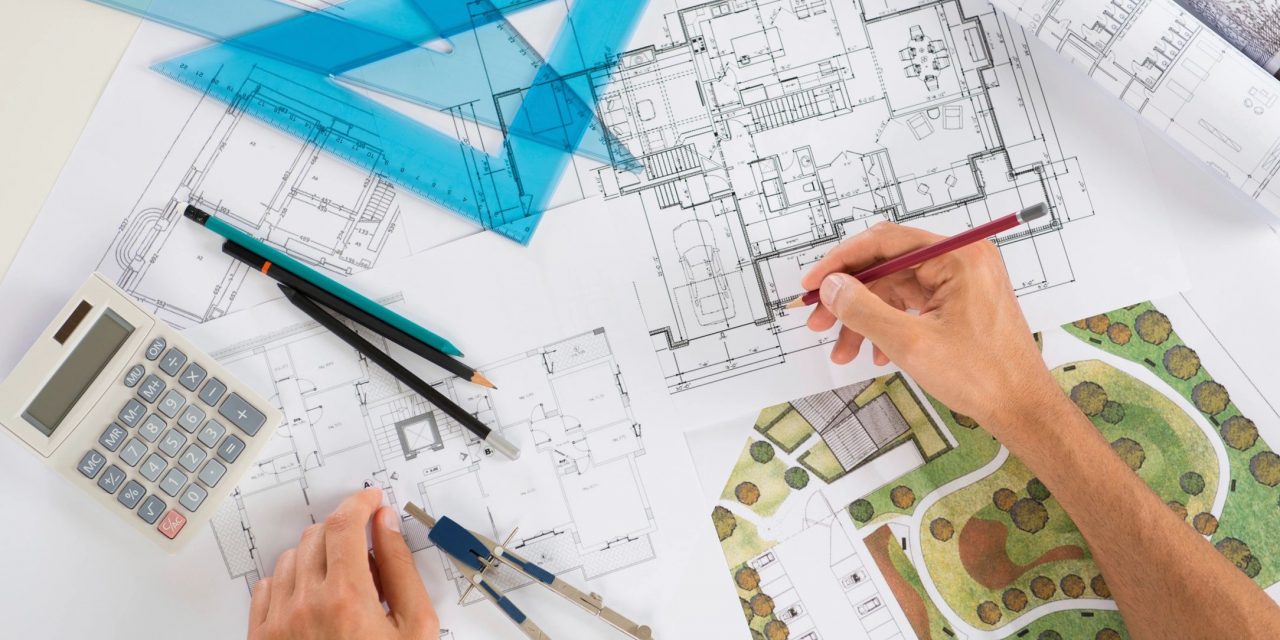
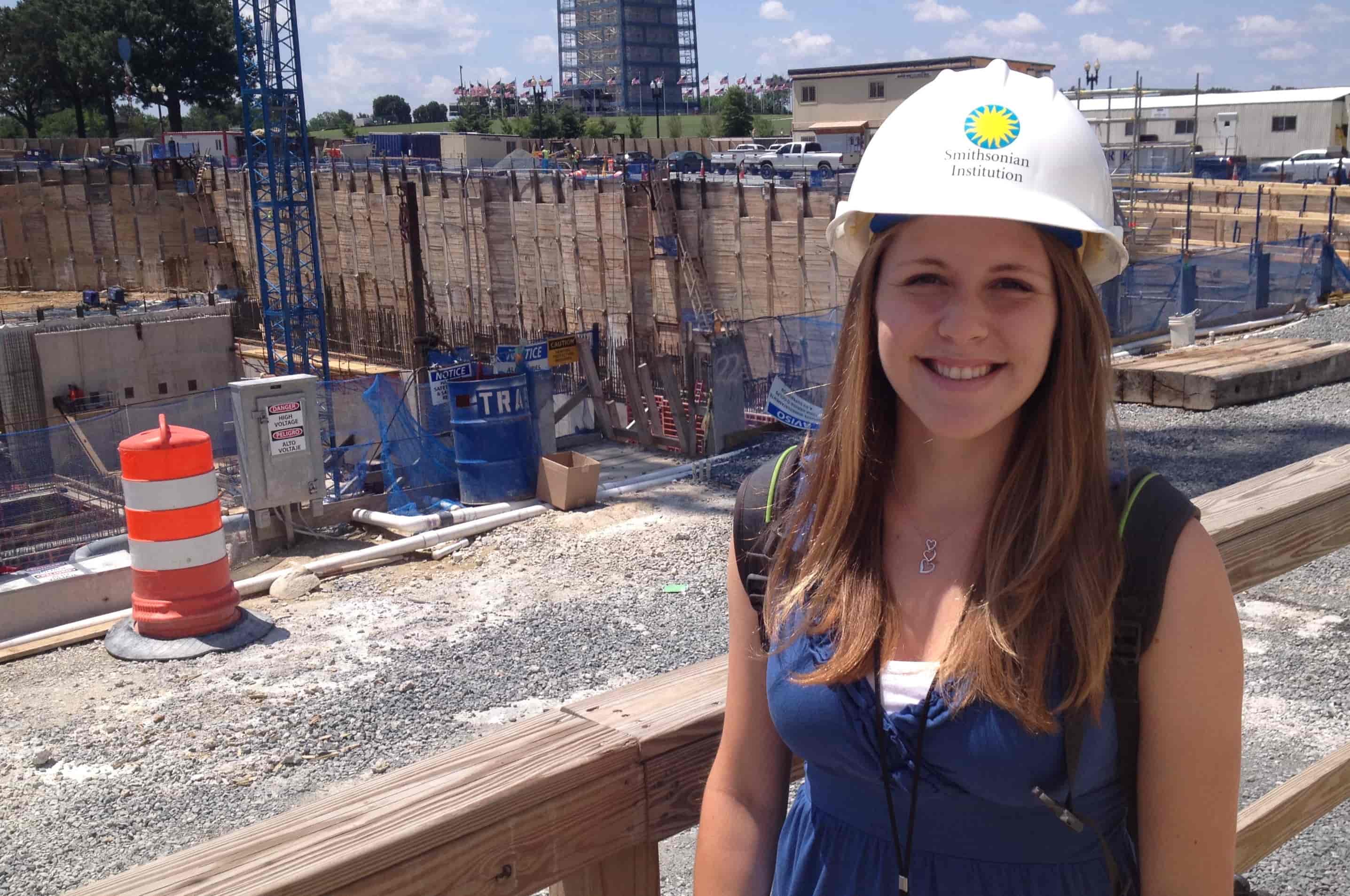
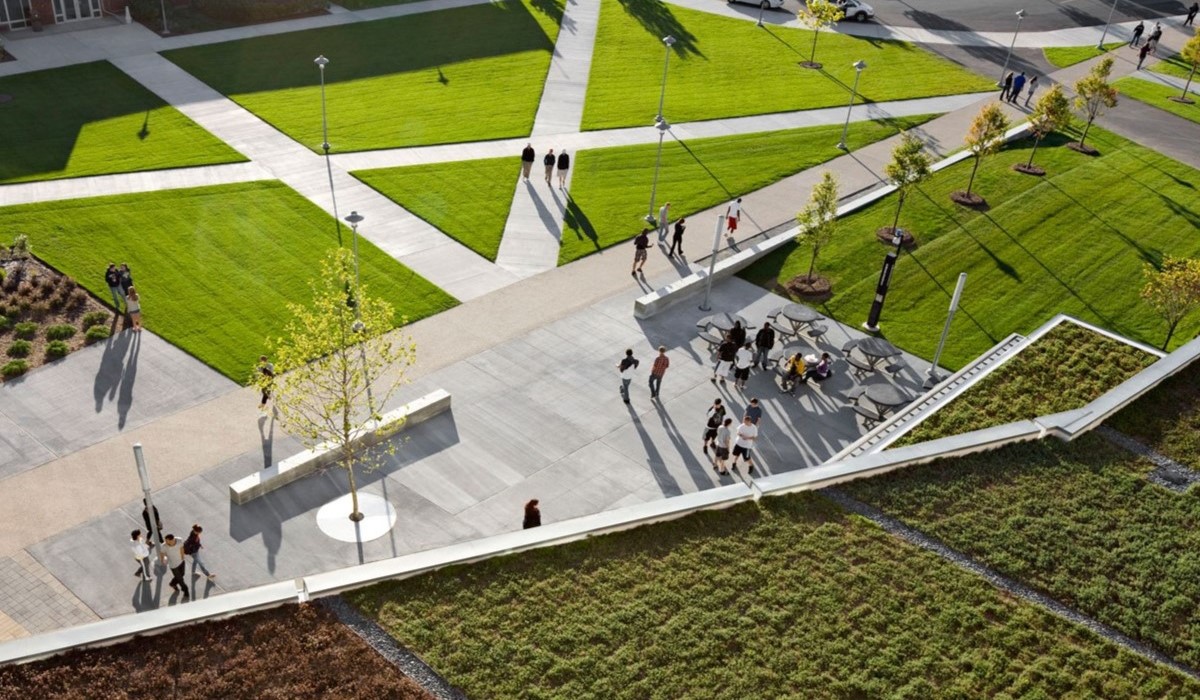
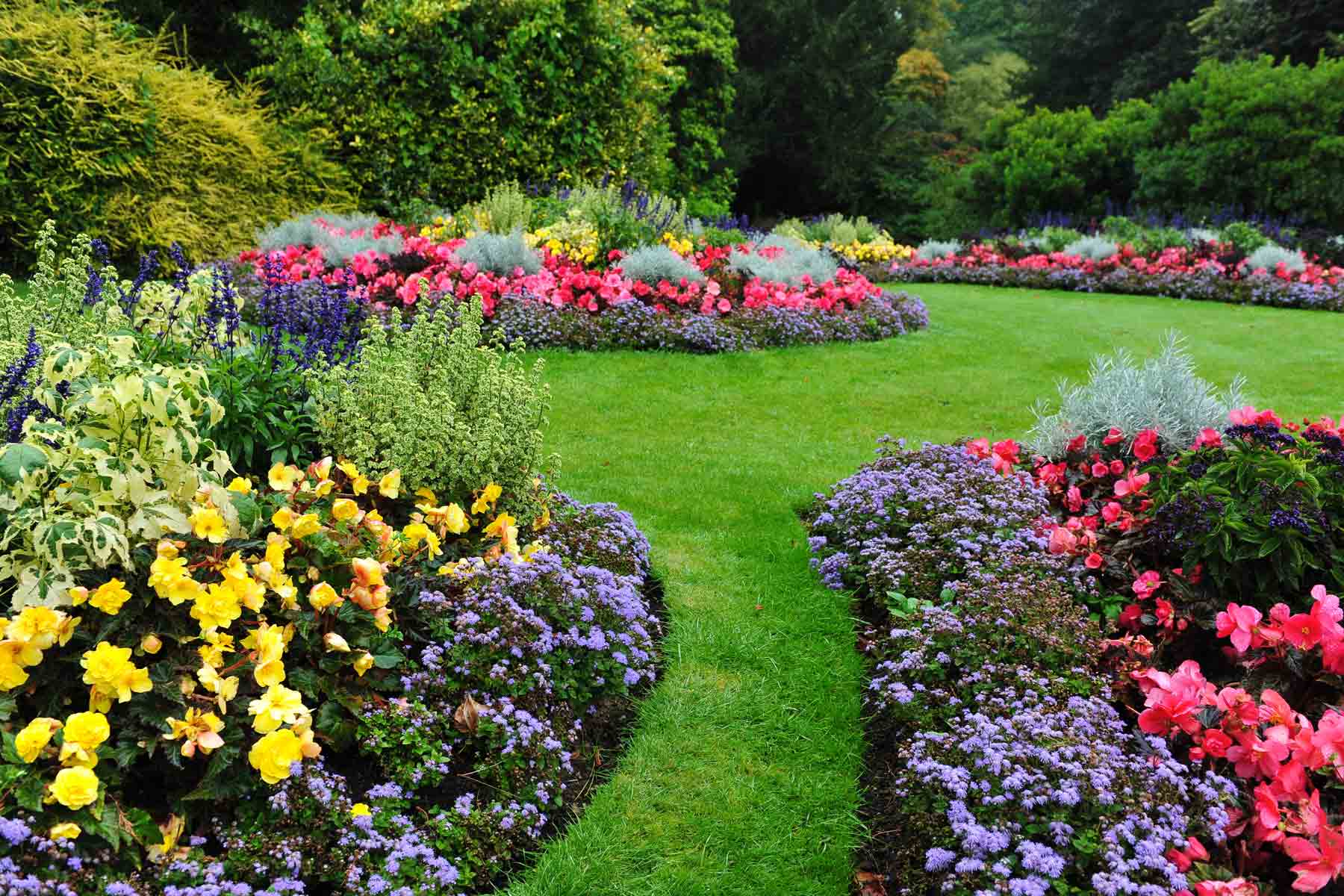
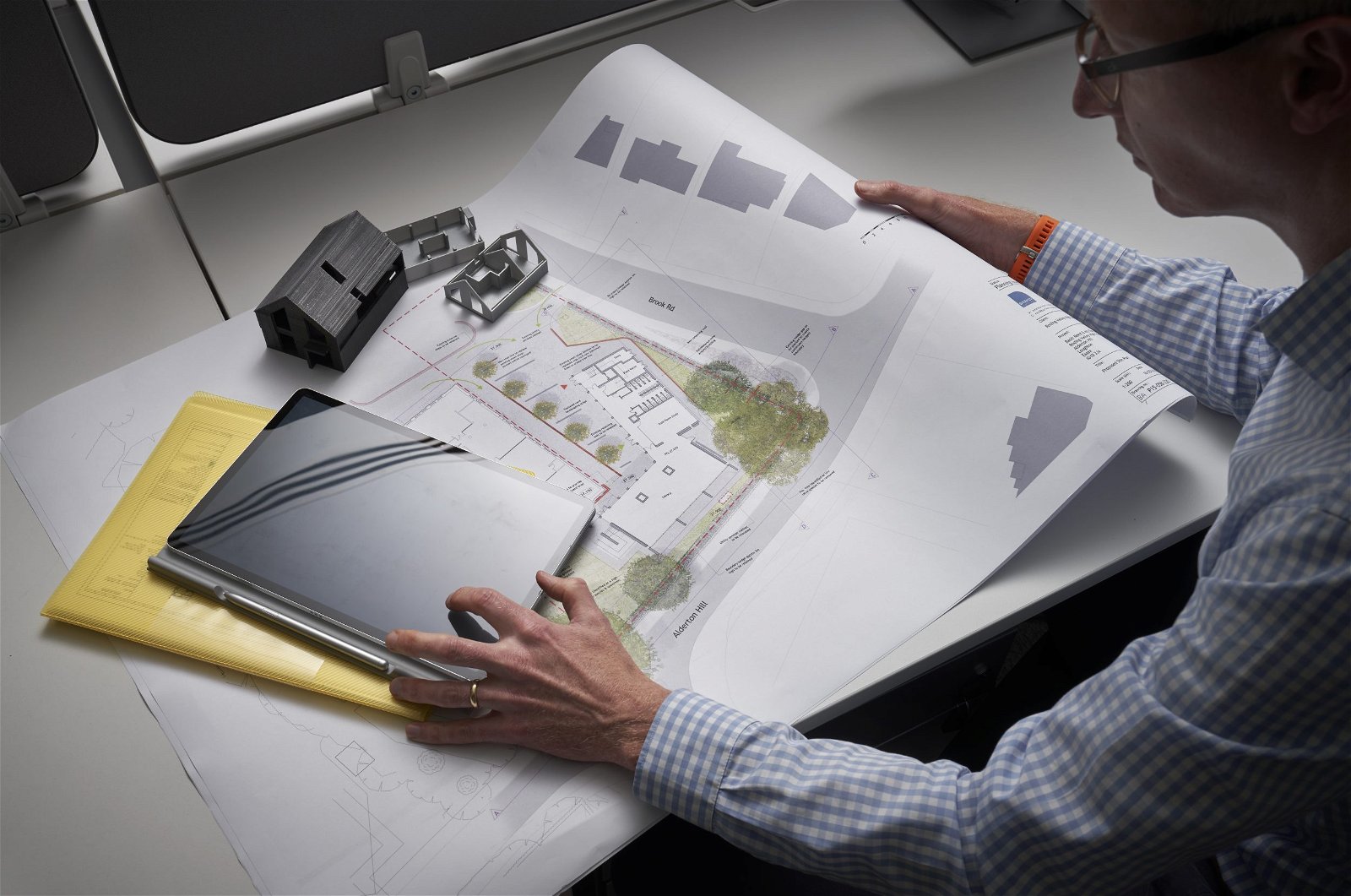
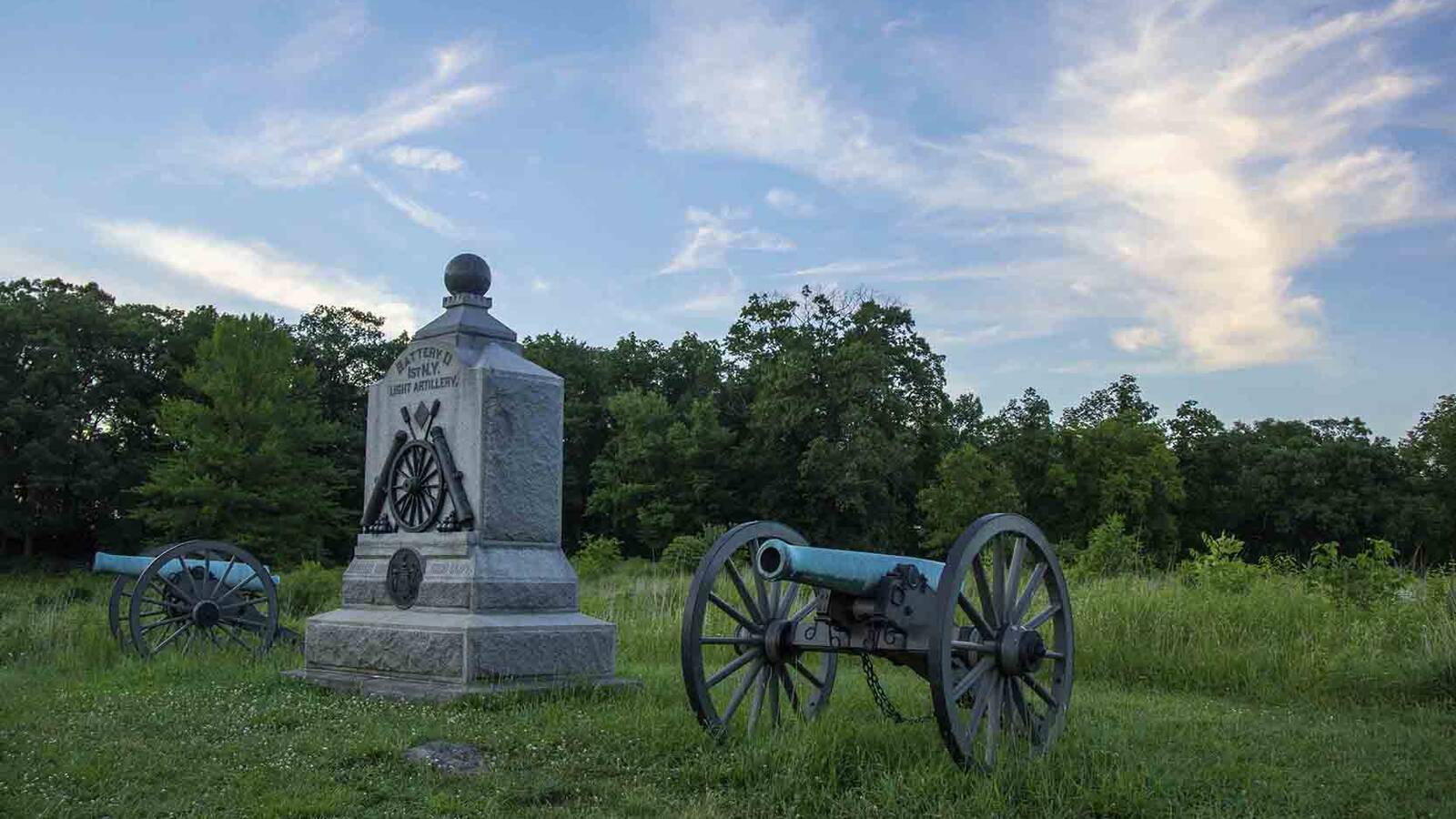

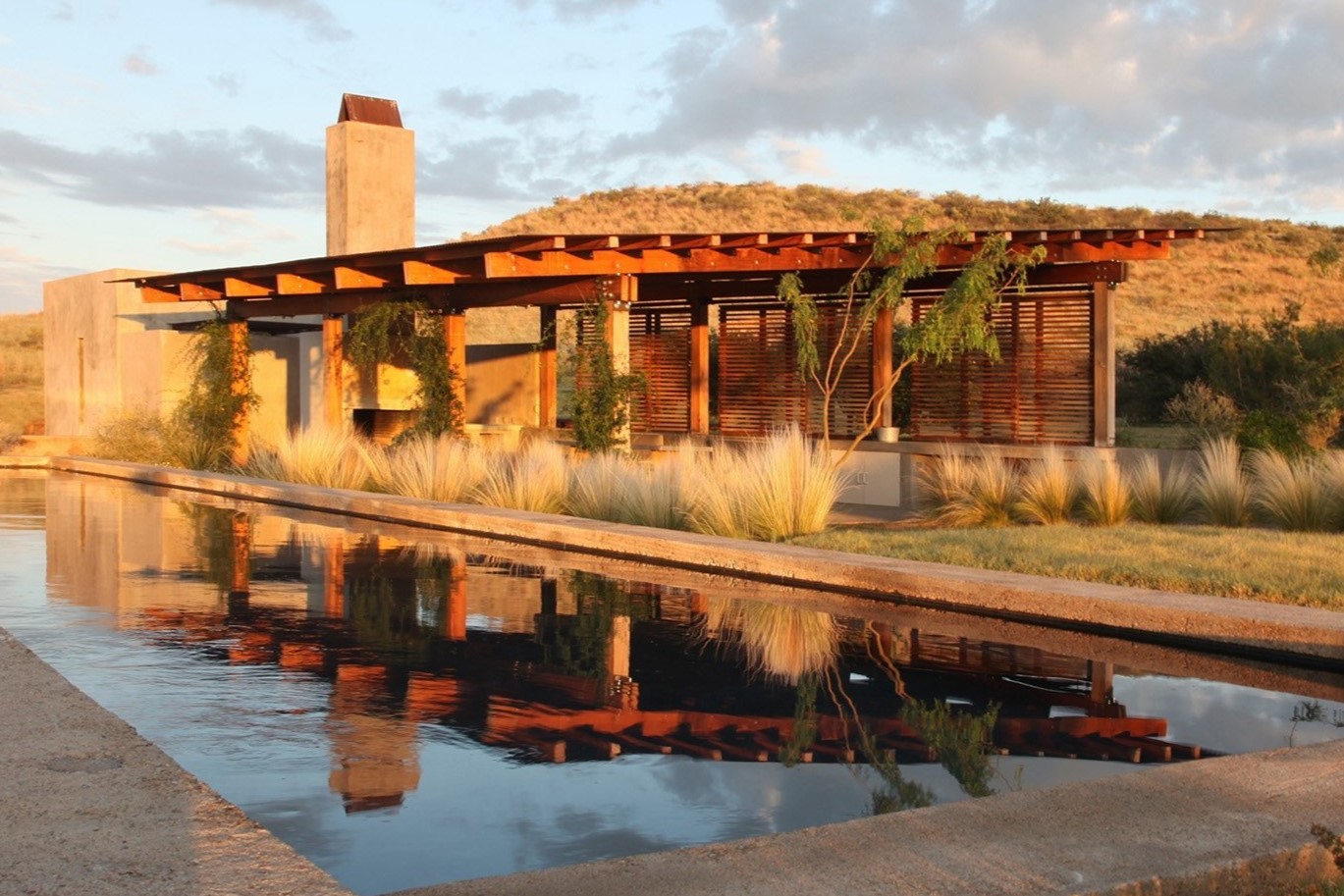
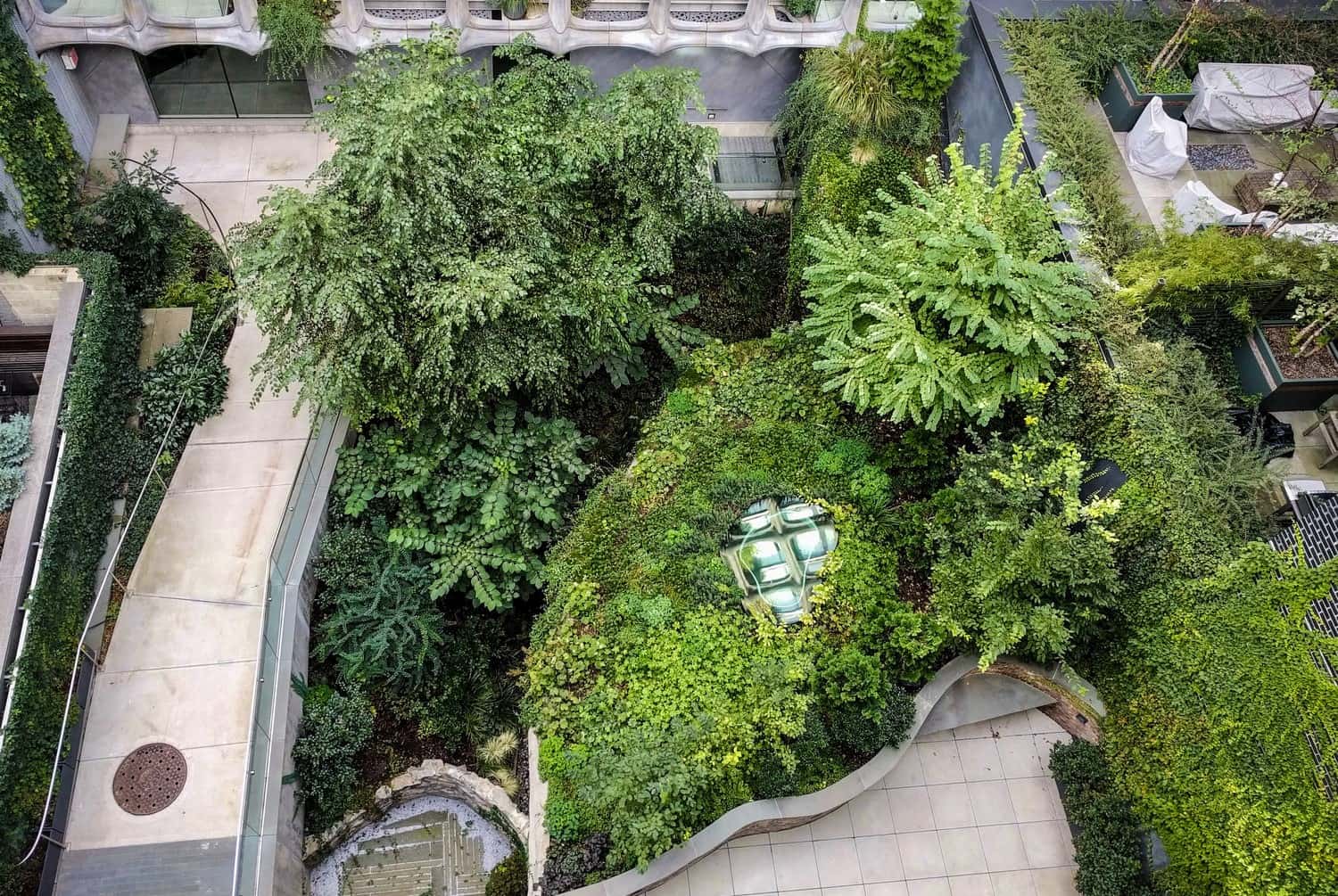
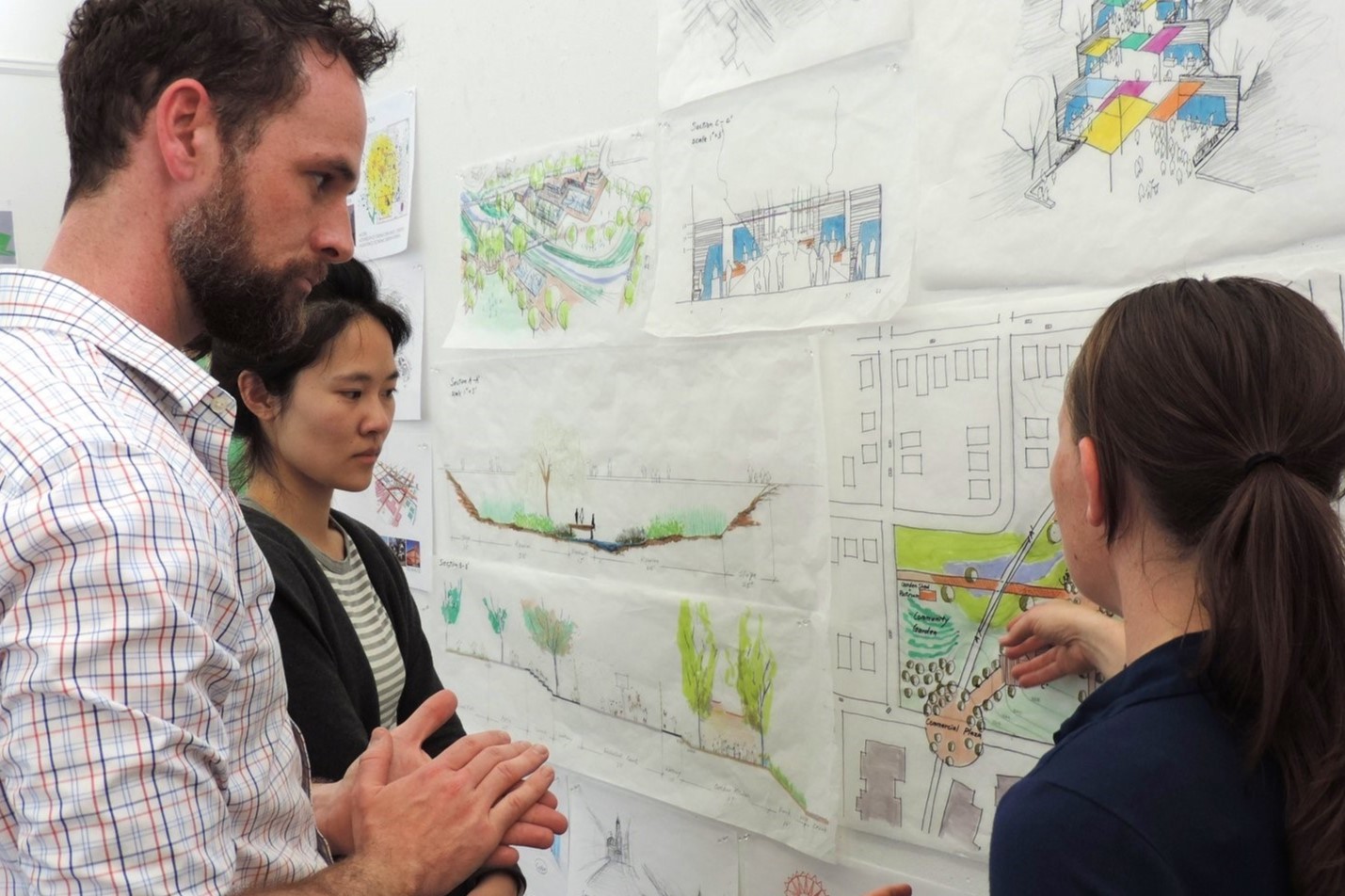
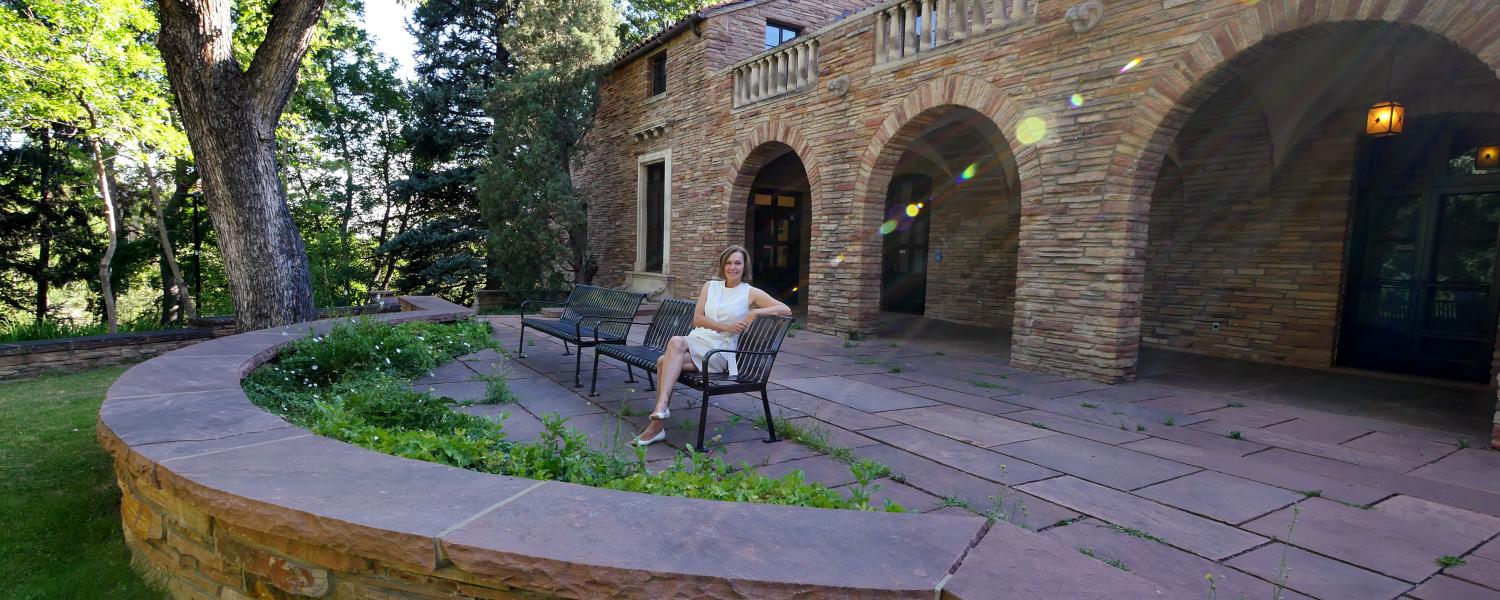

0 thoughts on “How To Choose A Landscape Architect”